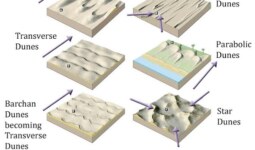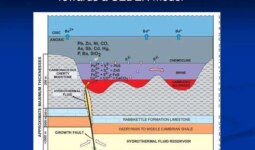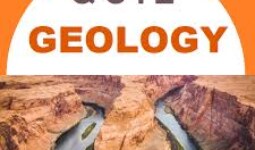In geology, joints are fractures or cracks in rocks along which there has been no significant movement parallel to the fracture surface. These fractures are typically a result of stress within the Earth’s crust and occur due to various geological processes. Joints are different from faults, which involve significant displacement along the fracture.
Here are some common types of joints in geology:
1. Tensional Joints (Extensional Joints):
– These joints form when rocks are subjected to stretching or extensional forces. They result from the pulling apart of the Earth’s crust.
– Tensional joints often have a roughly parallel arrangement and may form in sets or systems.
2. Shear Joints:
– Shear joints result from horizontal shearing or lateral movement between rock masses along a fault plane. Unlike faults, shear joints involve no significant vertical displacement.
– Shear joints can create a stepped or zigzag pattern along the fracture plane.
3. Compressional Joints (Contractional Joints):
– These joints form due to compressional forces that push rocks together. They are less common than tensional joints.
– Compressional joints can have a roughly parallel orientation or form as conjugate sets.
4. Columnar Joints (Columnar Basalt):
– Columnar joints are typically hexagonal in shape and develop when thick lava flows or igneous rocks cool and contract.
– The most famous example of columnar joints is found in Giant’s Causeway in Northern Ireland.
5. Radial Joints:
– Radial joints originate from a central point and radiate outward, often seen in volcanic features like volcanic necks and volcanic domes.
6. Ring Fractures:
– Ring fractures are circular fractures that form around the central vent of a volcano. They result from the pressure release as magma rises to the surface.
7. Stress-Release Joints:
– Stress-release joints occur when rocks that were once buried deep in the Earth’s crust are exposed at the surface due to erosion or tectonic uplift. The release of pressure causes the rocks to fracture.
8. Diagonal Joints:
– Diagonal joints form at an angle to the horizontal or vertical and are commonly found in rocks subjected to complex stress fields.
Joints play a significant role in the weathering and erosion of rocks, as water and other erosional agents can penetrate along these fractures, further breaking down the rock. Additionally, joints can influence the formation of landscapes and the development of geological structures. Studying joint patterns is essential for understanding geological processes and rock behavior.




Leave a comment